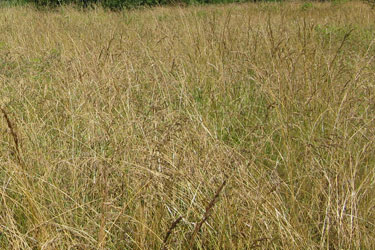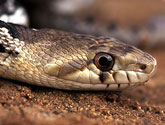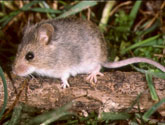
Home |
About Us |
How to Participate |
Biodiversity Modules |
Projects |
Maps |
News |
Resources

Home |
About Us |
How to Participate |
Biodiversity Modules |
Projects |
Maps |
News |
Resources
|
Definition of "Non-Forest" - General Code 600: Vegetated areas without trees. Grasslands, mountain meadows, un-maintained range, clear cuts, as well as young replanted forests with trees less than 15' tall and have less than 26% canopy cover. |
Non-Forest: Undisturbed Grassland (622)
 | Descriptive Habitat Code: This area is a nn-forested (6), undisturbed/climax (2) grassland with <10% shrub or tree cover (2) |
 Coyote Canis latrans Code: CALAT Photo: RA |
Distribution and Habitat: It is found in mountainous areas, grasslands, deciduous and mixed coniferous forests and even urban areas. Diet: Interesting fact: |
 Gopher snake Pitouphis melanoleucas catenifer Code: PIME Photo: Chris Brown |
Distribution and Habitat: It is found in mountainous and rocky areas up to an altitude of at least 8000 feet. Diet: Interesting
fact: |
 Western Harvest Mouse Reithrodontomys megalotis Code: MEME Photo: Bob Gress |
Distribution and Habitat: Western harvest mice range from southern Mexico through the western half of the United States. They are found in prairies and uncultivated croplands. The Western Harvest Mouse prefers dense vegetation (grass, weeds), usually near water. Typical habitats are marshes, meadows, boundaries of irrigated fields, brushy borders of streams and lakes, shrubby borders of wheat fields, and fence rows. Diet: Interesting
fact: |
Home |
About Us |
How to Participate |
Biodiversity Modules |
Projects |
Maps |
News |
Resources